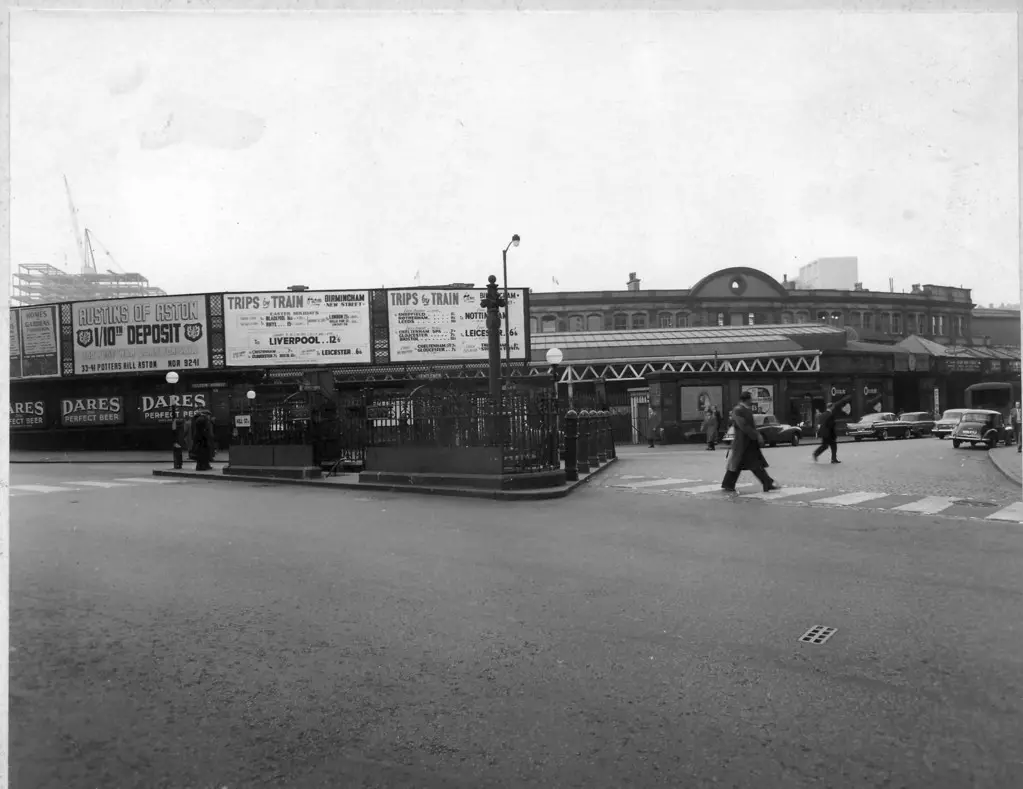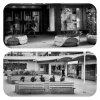Lyn
The fountain looks quite old. It does not seem to be marked on any map, which is surprising if it was originally there, but this would have been by the gates by the lodge of (originally) the mental &,fever hospital, but later the nurses home was just behind the wall, and presumably it would be the entrance they used
The fountain looks quite old. It does not seem to be marked on any map, which is surprising if it was originally there, but this would have been by the gates by the lodge of (originally) the mental &,fever hospital, but later the nurses home was just behind the wall, and presumably it would be the entrance they used




















